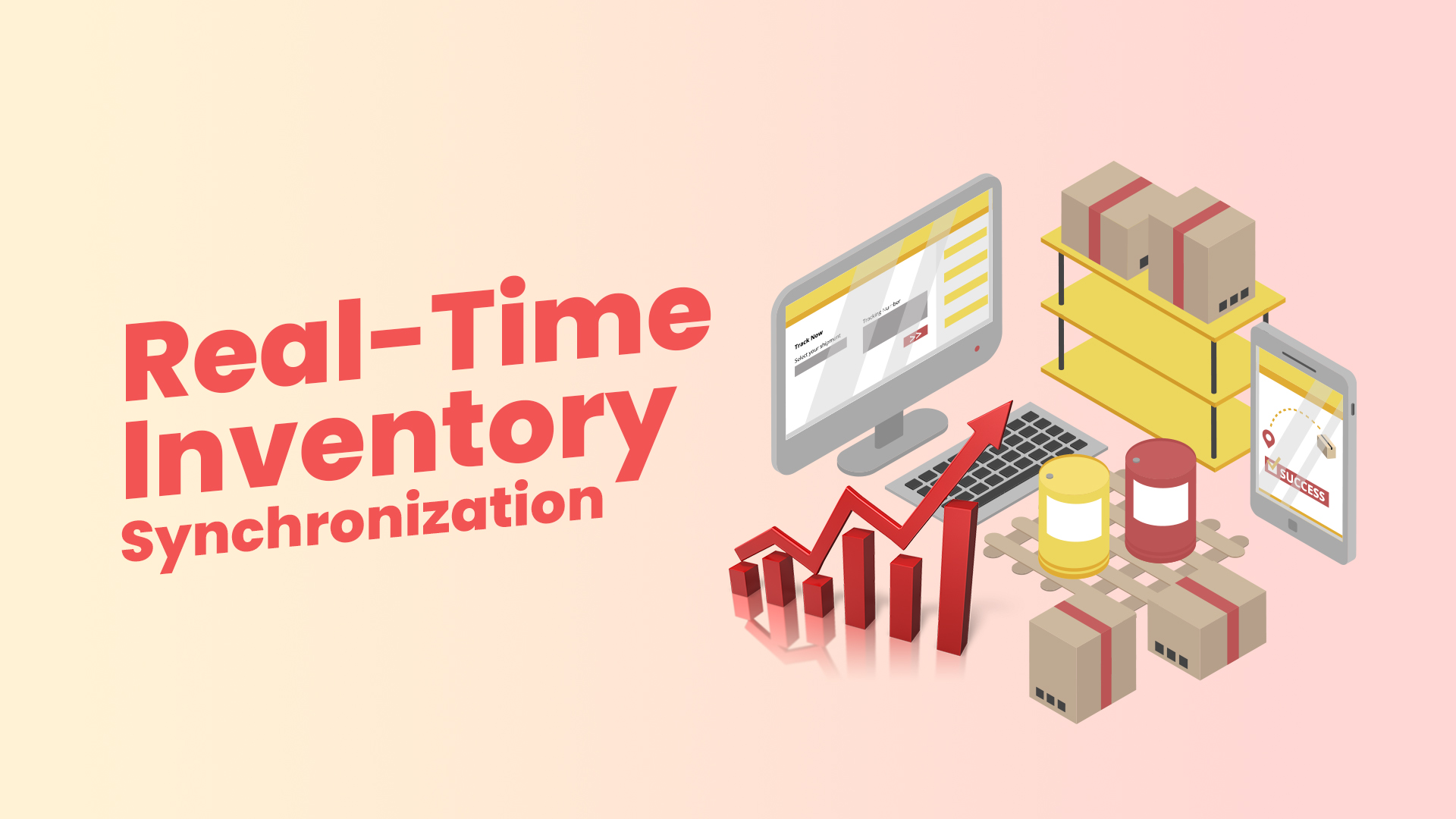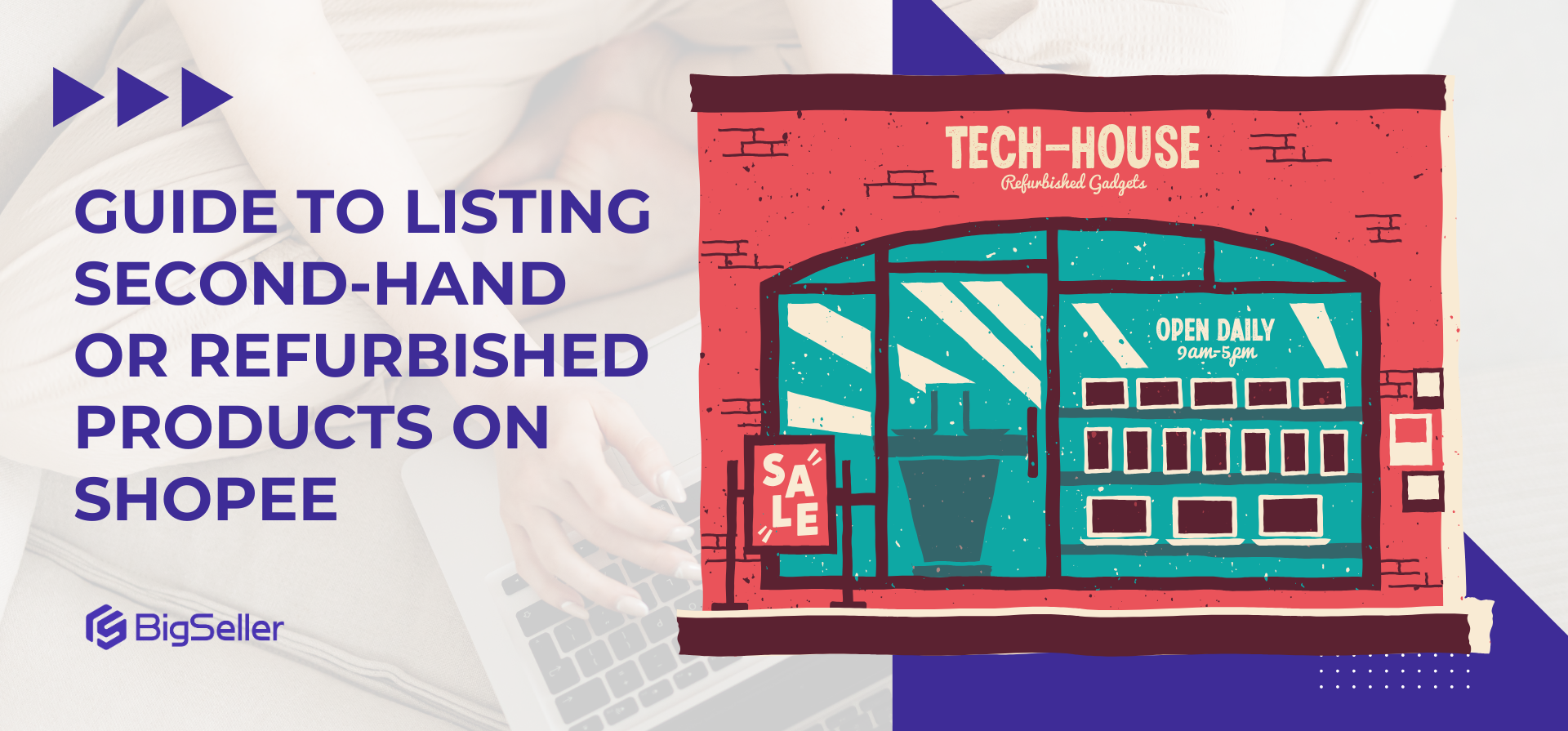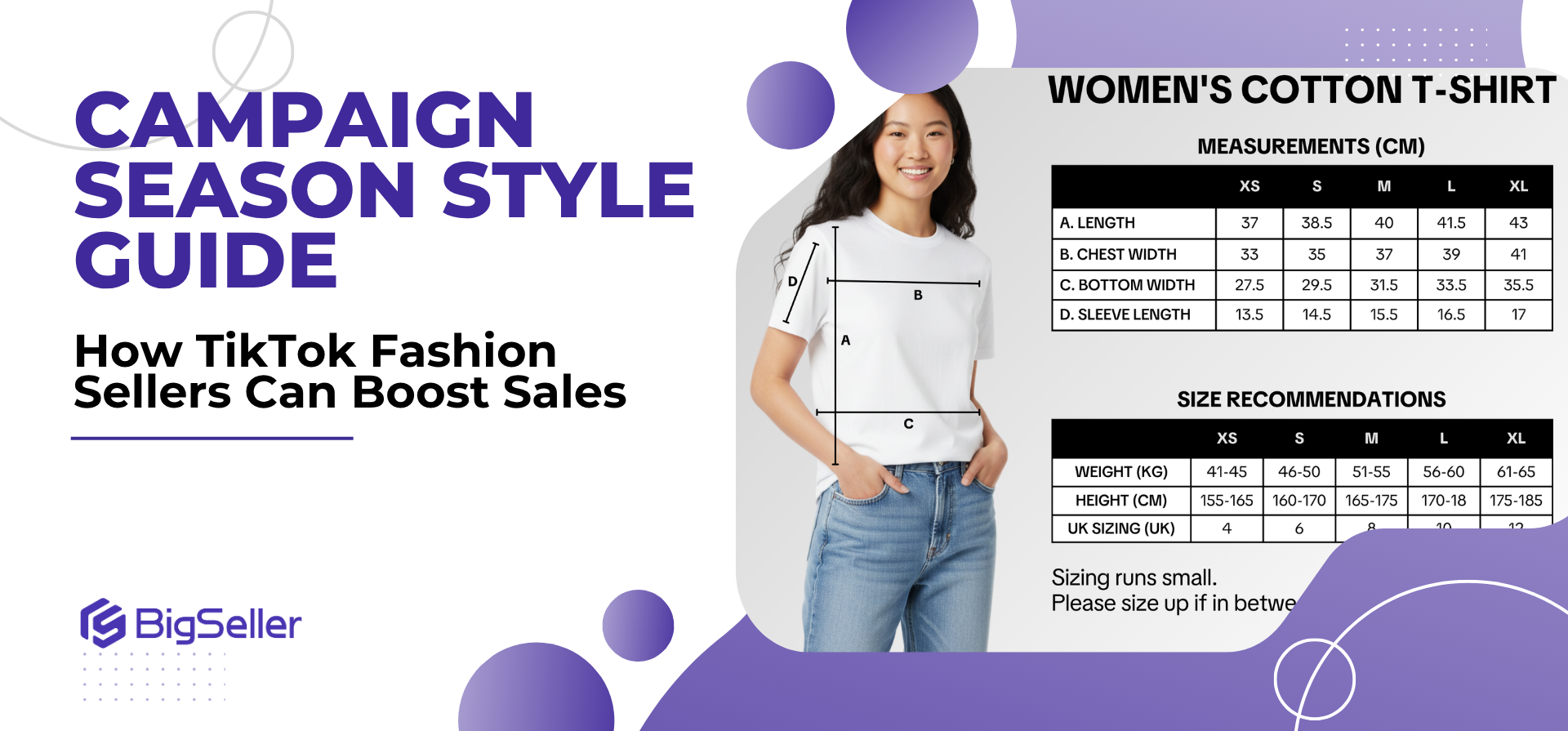Have multiple stores? Here are tips for accurate inventory synchronization
Jayson 31 Oct 2025 09:03ENCopy link & title
Opening multiple stores across different e-commerce platforms is unquestionably a smart market expansion approach. However, controlling the inventory in all of these businesses is a big task. Even minor errors, such as incorrect inventory information, can result in order cancellations, a decrease in store reputation, and even a loss of client trust. As a result, precisely coordinating inventories is critical for ensuring smooth corporate operations.
This article will introduce five effective methods for cross-store inventory synchronization management, to help e-commerce sellers reduce overselling issues.
Many sellers have warehouses in multiple locations. To avoid confusion, stock synchronization should be based on a single source of truth. This information is then shared across all online stores.
This way, you can limit the likelihood of stock disparities between markets. Every modification from the main warehouse is automatically reflected across all retailers, assuring data correctness.
Minimum stock, often known as safety stock, is a reserve set up to account for unexpected surges in orders or supply delays from suppliers. For example, if you have 100 units of a product, it is recommended to save 10-15 units as safety stock.
This method ensures that you do not run out of supply when demand is high. Furthermore, the synchronization system can be configured to automatically warn you when stock levels approach a minimum, allowing you to resupply as soon as possible.
Even if you use an automated system, you should nevertheless undertake manual checks on a regular basis. This helps to guarantee that there are no disparities due to human mistake, refunds, or product damage. Ideally, check your inventory at least once a week, or more frequently if you're running a large promotion.

If you have a big number of products, prioritize syncing your best-selling items first. High-selling products are more likely to go out of stock. You can keep your store's reputation and sales flow intact by ensuring that your best products are always synchronized.
Nowadays, more and more e-commerce sellers are choosing to use ERP to manage their stores in a unified manner, so that they can focus on sales. A good ERP system can help sellers standardize inventory management across multiple stores, synchronize stock in a timely manner, and prevent overselling, making it an indispensable tool for sellers moving their businesses to the next stage.
Among these, BigSeller, with its reputation built over many years in Southeast Asia, has become the first choice for many sellers. BigSeller now has a stock synchronization feature to make it easier for online sellers to manage stock levels across all marketplaces integrated into their BigSeller account. By utilizing the stock synchronization feature, you can minimize the risk of inventory management errors that could potentially harm your business.
Besides, sellers with multiple stores can also streamline everything in one place—such as listings copy & scrape, order processing & printing, inventory management, financial tracking, and automated after-sales orders operation, all in one account!

This article will introduce five effective methods for cross-store inventory synchronization management, to help e-commerce sellers reduce overselling issues.
Want to manage multiple Shopee/Lazada/TikTok Shop accounts at the same time?
Vist our website to know more 👉 BigSeller ERP
Vist our website to know more 👉 BigSeller ERP
1. One primary data source
Many sellers have warehouses in multiple locations. To avoid confusion, stock synchronization should be based on a single source of truth. This information is then shared across all online stores.
This way, you can limit the likelihood of stock disparities between markets. Every modification from the main warehouse is automatically reflected across all retailers, assuring data correctness.
2. Set the minimum stock and safety stock
Minimum stock, often known as safety stock, is a reserve set up to account for unexpected surges in orders or supply delays from suppliers. For example, if you have 100 units of a product, it is recommended to save 10-15 units as safety stock.
This method ensures that you do not run out of supply when demand is high. Furthermore, the synchronization system can be configured to automatically warn you when stock levels approach a minimum, allowing you to resupply as soon as possible.
3. Regular stock updates
Even if you use an automated system, you should nevertheless undertake manual checks on a regular basis. This helps to guarantee that there are no disparities due to human mistake, refunds, or product damage. Ideally, check your inventory at least once a week, or more frequently if you're running a large promotion.

4. Prioritize the best selling products
If you have a big number of products, prioritize syncing your best-selling items first. High-selling products are more likely to go out of stock. You can keep your store's reputation and sales flow intact by ensuring that your best products are always synchronized.
5. Choose an excellent ERP
Nowadays, more and more e-commerce sellers are choosing to use ERP to manage their stores in a unified manner, so that they can focus on sales. A good ERP system can help sellers standardize inventory management across multiple stores, synchronize stock in a timely manner, and prevent overselling, making it an indispensable tool for sellers moving their businesses to the next stage.
Among these, BigSeller, with its reputation built over many years in Southeast Asia, has become the first choice for many sellers. BigSeller now has a stock synchronization feature to make it easier for online sellers to manage stock levels across all marketplaces integrated into their BigSeller account. By utilizing the stock synchronization feature, you can minimize the risk of inventory management errors that could potentially harm your business.
Besides, sellers with multiple stores can also streamline everything in one place—such as listings copy & scrape, order processing & printing, inventory management, financial tracking, and automated after-sales orders operation, all in one account!
Vist our website to know more 👉BigSeller ERP

BigSeller-Blog Senior Writer: Jayson
Sir Jayson has worked in well-known e-commerce companies such as Shopee and TikTok Shop, helping hundreds of sellers to deepen their e-commerce industry, expand their business, and eventually become high-quality sellers.


